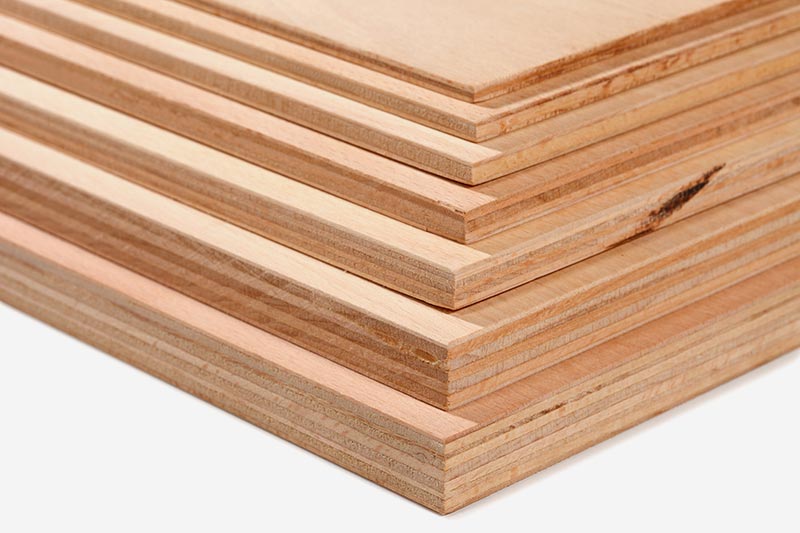Plywood Grades:
There are four grades of plywood: A, B, C and D. The grade refers to the quality and appearance of the plywood’s face and back veneers. A has the highest quality and is the most expensive, and D is the least expensive.
A-grade plywood features a smooth, sanded surface without knots. Any wood defects have been repaired with synthetic filler, so the veneer can be painted. A-grade plywood is ideal for furniture or cabinet doors.
B-grade plywood also features a smooth, sanded surface, but may have more repaired defects up to 3cm across.
C-grade is un-sanded and may have several minor defects that will need to be repaired with knots up to 5 – 10cm across, discoloration and sanding defects. C-grade plywood should be used when appearance is not important, such as for subfloors or garages.
D-grade is also un-sanded with defects that have not been repaired and knot holes up to 10 – 15cm inches across, discoloration and sanding defects.
You may also find ratings with two-letter classifications, such as BC. BC-grade is a mix grade plywood with one side graded a B, while the other side is graded a C.

